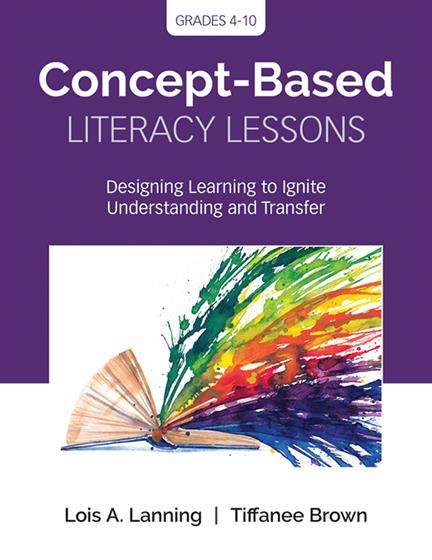Hands-on, Practical Guidance for Educators
From math,
literacy, science, equity, multilingual learners, and SEL, to assessment, school counseling,
and education leadership, our books are research-based and authored by experts
on topics most relevant to what educators are facing today.

Concept-Based Literacy Lessons
Designing Learning to Ignite Understanding and Transfer, Grades 4-10
Concept-Based Literacy Lessons helps bridge the divide between conceptual curriculum and actionable practice, and provides practical support for teachers implementing Concept-Based literacy lessons.
Product Details
- Grade Level: PreK-12
- ISBN: 9781544318578
- Published By: Corwin
- Series: Corwin Teaching Essentials
- Year: 2019
- Page Count: 176
- Publication date: January 15, 2024
Review Copies
Review copies may be requested by individuals planning to purchase 10 or more copies for a team or considering a book for adoption in a higher ed course. Request review copy



